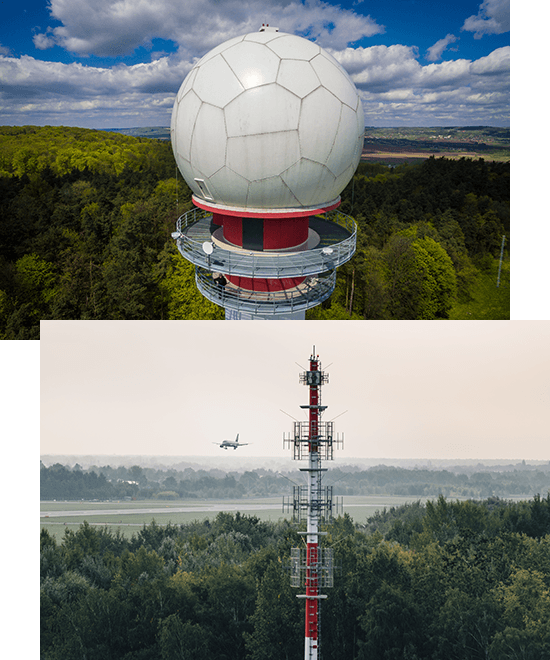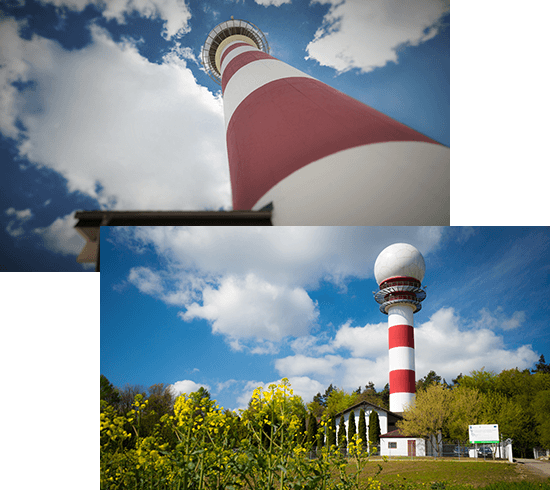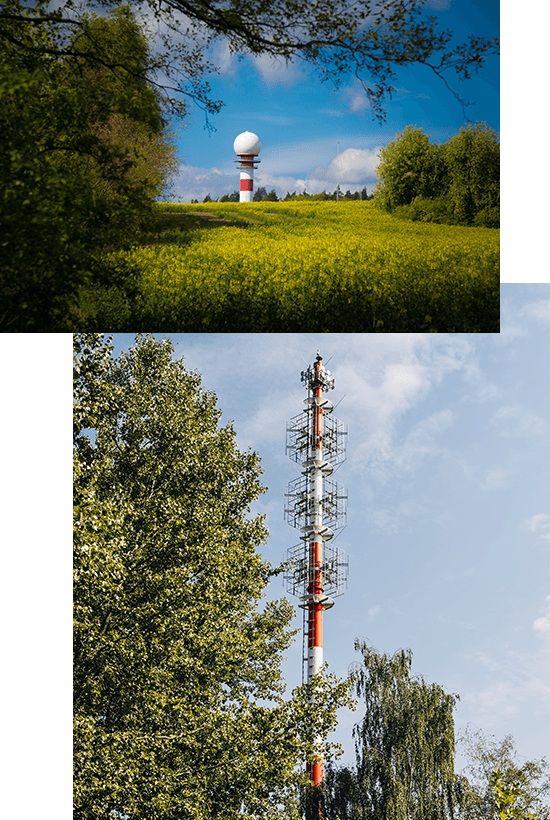Appropriate air traffic management allows reducing the impact of air operations on the environment. While caring for the safety of aircraft, the Polish Air Navigation Services Agency has been putting emphasis on environmental issues for many years. In its mission of responsibility, PANSA makes every effort to ensure that the undertaken operational activities contribute to measurable results in the form of reducing fuel consumption by aircraft and, consequently, reducing CO2 emissions.
The overall goal of the Polish Air Navigation Services Agency is to ensure safe, smooth and efficient air traffic. Where it is possible, the Agency is also implementing methods to reduce the negative impact of aviation operations on the environment. Activities in the area of environmental protection are multithreaded and bring measurable effects. The solutions used by PANSA help reduce the amount of CO2 emitted to the air. Every day, PANSA ensures the sustainable development of navigation services while minimizing the negative impact of air operations on the surrounding environment.


